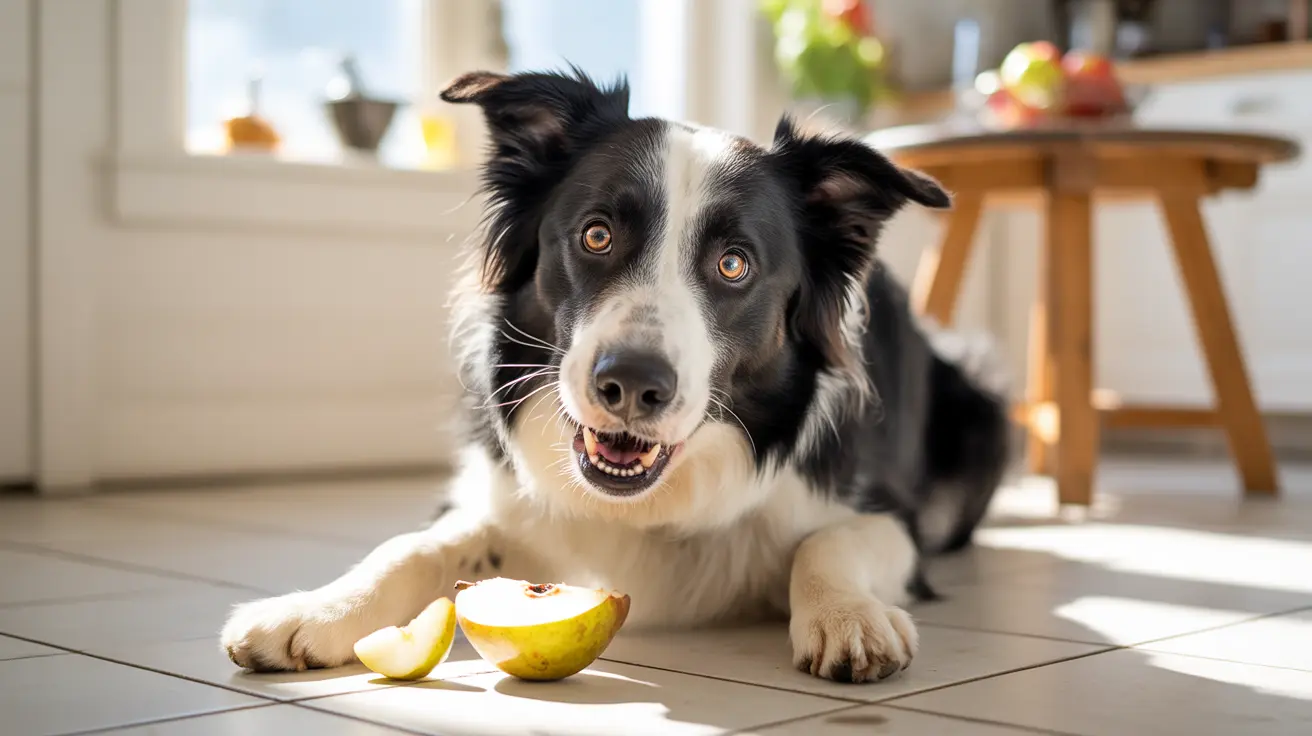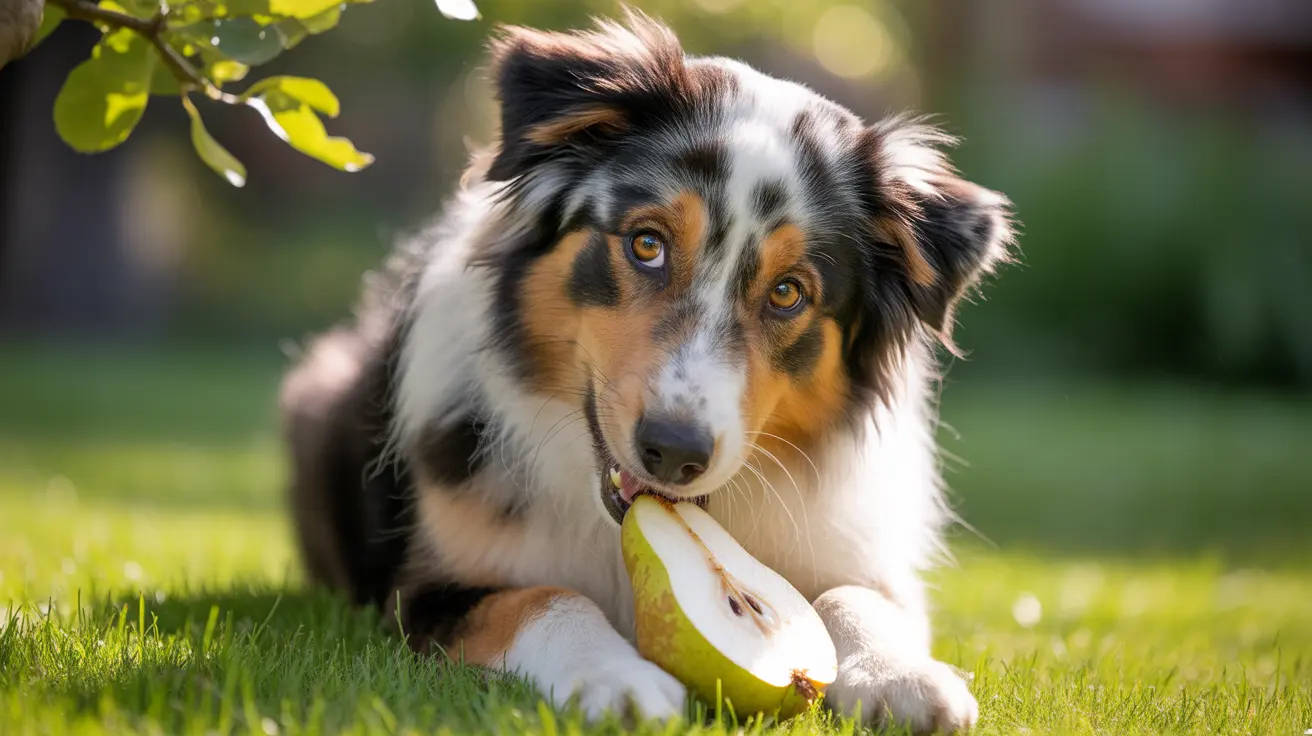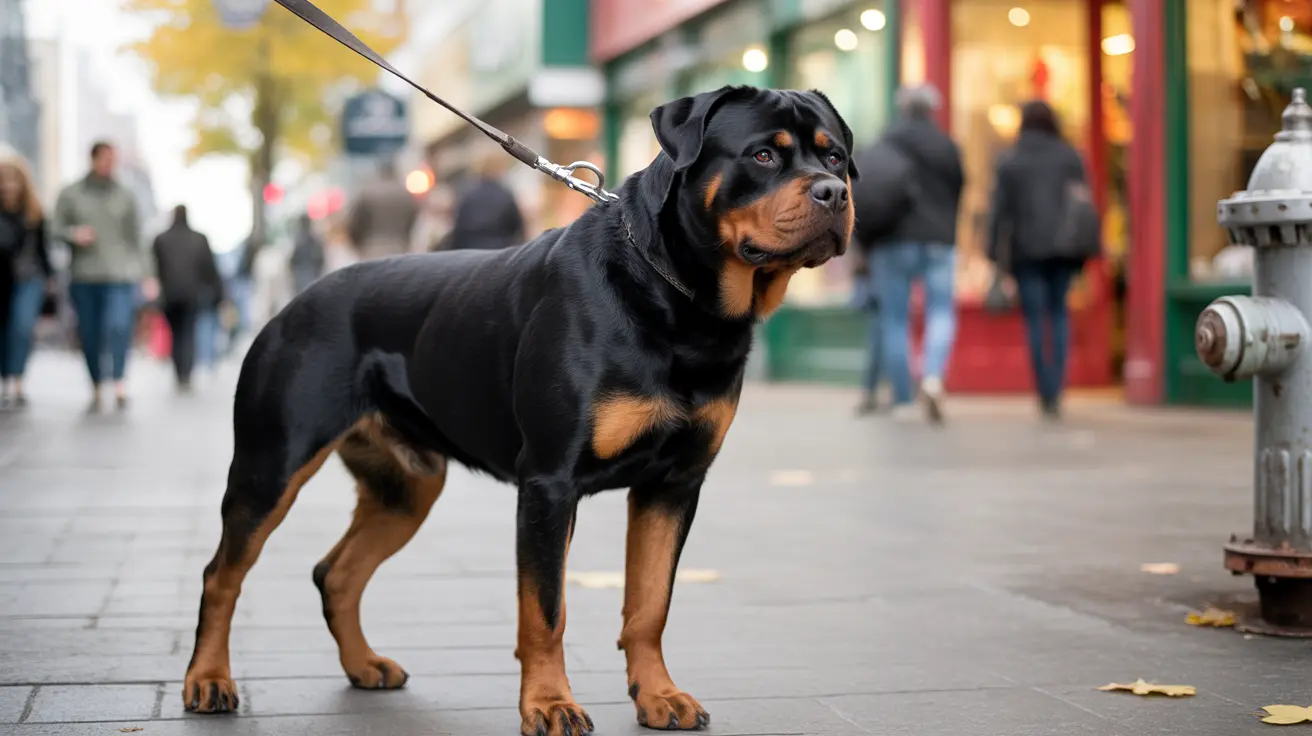How to Properly Boil Chicken Breast for Your Dog
Boiled chicken breast is a widely recommended food for dogs, especially when they are recovering from illness, facing digestive issues, or require a bland diet. It's simple to prepare, rich in protein, and gentle on the stomach. However, preparing it the right way is important for your dog’s health and safety.
Why Choose Boiled Chicken Breast?
Boiled chicken is:
- High in protein and low in fat
- Easily digestible for sensitive stomachs
- Free from additives when cooked plainly
It can be used short-term for dogs with upset stomachs or as a healthy, occasional treat. However, it’s not a complete long-term diet on its own and should not replace a balanced dog food without veterinary approval.
Ingredients and Safety Precautions
- Use boneless, skinless chicken breasts or thighs. Avoid fatty cuts, bones, skin, or seasoned meat.
- Make sure the chicken is fresh, not spoiled or discolored.
- If frozen, thaw in the refrigerator or boil longer—about 1.5x the normal time.
- Never add salt, oil, spices, or seasonings. Ingredients like onions and garlic are toxic to dogs.
Steps to Boil Chicken Breast
- Place chicken pieces in a pot so they do not overlap.
- Cover completely with water. Leave 1–2 inches of space at the top to prevent boiling over.
- Bring water to a boil over high heat. Then reduce to a simmer.
- Boil chicken breasts for 12–15 minutes, or about 15 minutes per pound for larger or frozen pieces.
- Check for doneness by cutting into the thickest part: no pink should remain, and juices should run clear.
- Use a meat thermometer to ensure chicken reaches an internal temperature of 165°F (74°C).
After Cooking
- Let the cooked chicken cool for 10–20 minutes before handling.
- Shred or dice it into small, bite-sized pieces to suit your dog’s size.
- Serve plain, or mix with plain white rice at a 2:1 or 3:1 rice-to-chicken ratio.
- You can also add dog-safe vegetables like carrots, peas, or green beans.
- Ensure the food is completely cool before serving to avoid burns.
Storage Instructions
- Refrigerate leftovers in an airtight container for 3–4 days.
- For longer storage, freeze in portions for up to 2–6 months.
Feeding Guidelines
- Offer in small portions (2–3 pieces or ¼ to ⅓ cup per 20 lbs of body weight).
- Avoid feeding more than once or twice a week unless instructed by your vet.
- Always consult your veterinarian before starting or continuing a bland diet.
Safety and Hygiene Tips
- Use separate utensils and cutting boards for raw and cooked chicken.
- Wash hands and surfaces thoroughly after contact with raw meat.
- Discard bones—cooked bones can splinter and become hazardous.
- Strain chicken water (broth) if using, and confirm it has no additives.
- Monitor for any allergic reactions, vomiting, or diarrhea when introducing new food.
Important Note on Nutrition
Though chicken and rice are gentle on the digestive system, this diet is not nutritionally complete for long-term feeding. It lacks essential fats, vitamins, and minerals. Therefore, it should only be used temporarily or as advised by a vet.
Summary:
- Use boneless, skinless, plain chicken.
- Boil for 12–15 minutes or until the internal temperature reaches 165°F.
- Cool before serving; shred or chop as needed.
- Serve alone or mixed with plain rice/vegetables.
- Store properly and feed in appropriate portions.
Boiled chicken, when prepared correctly, is a nutritious and safe option for most dogs in moderation. Always refer to professional veterinary advice for dietary changes or medical concerns.





